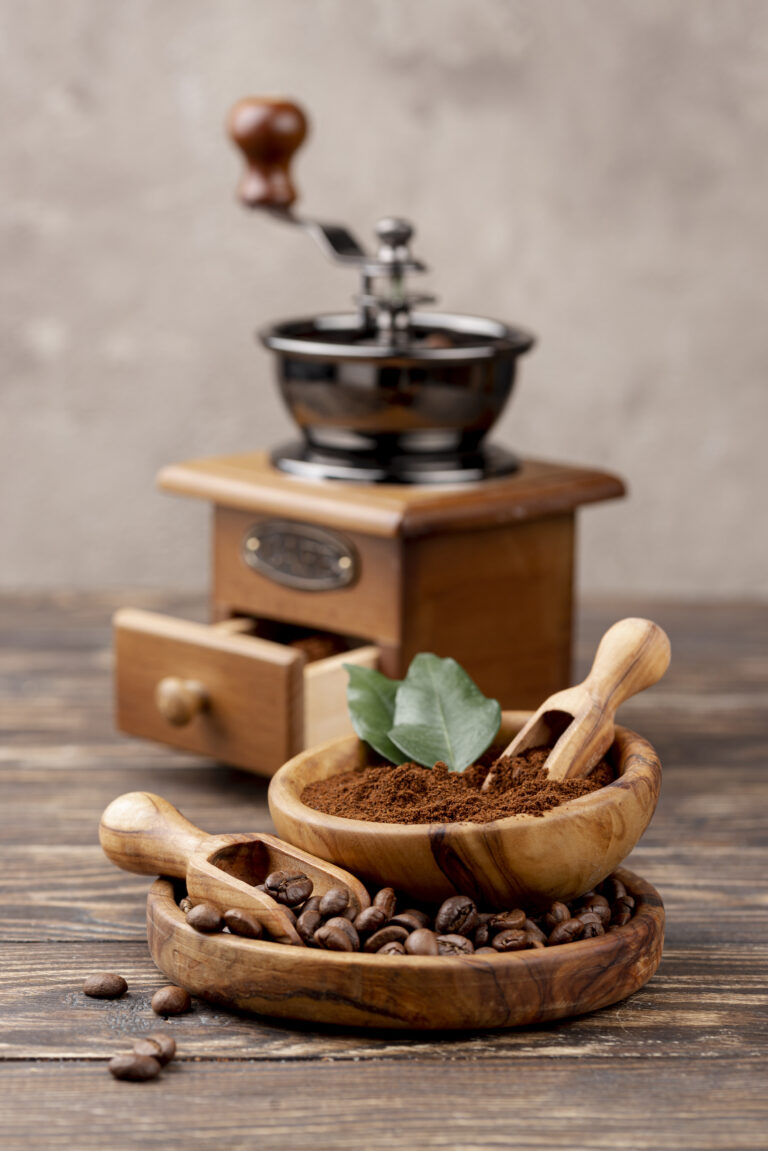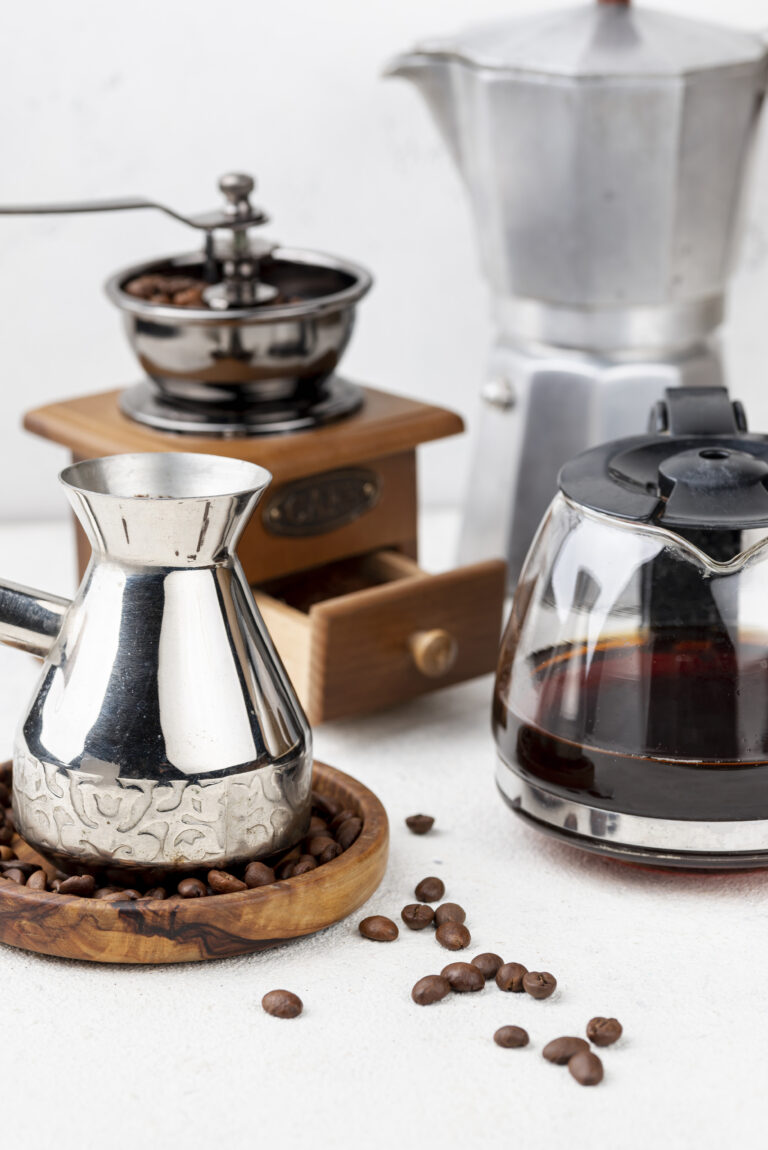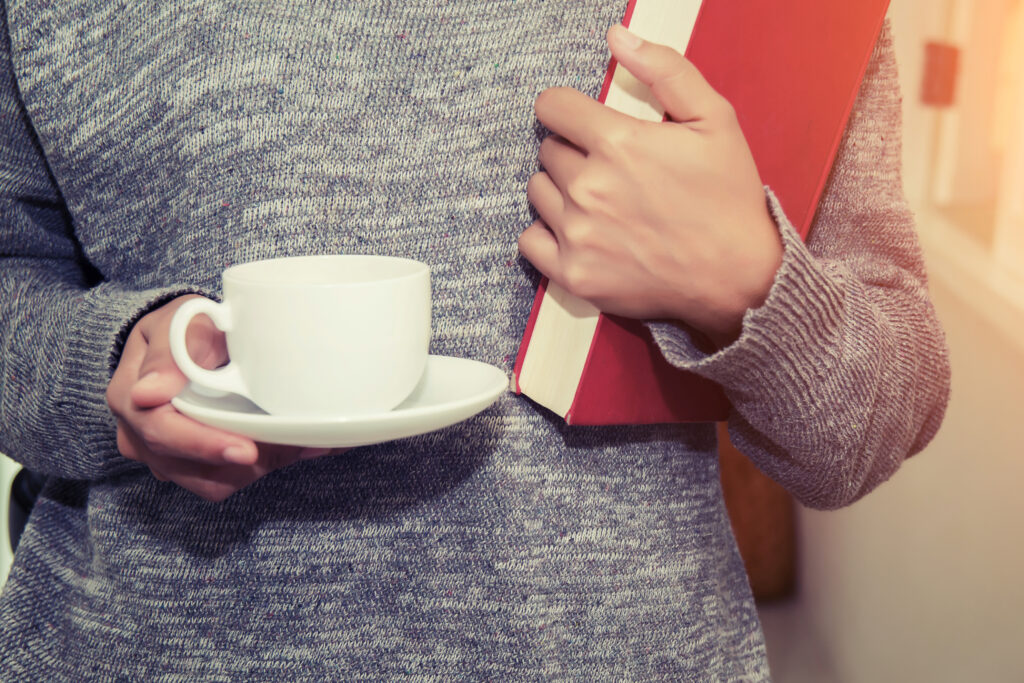Coffee is a world of flavors, aromas, and endless possibilities. If you’re new to coffee or just starting to explore specialty drinks, it can all feel a bit overwhelming. But don’t worry! In this guide, we answer the most common questions beginners ask before buying their first bag of beans. Whether you’re looking for advice on choosing coffee, brewing methods, or how to get the best flavor from every cup — you’re in the right place.
1. What is the difference between Arabica and Robusta coffee?
One of the first decisions when buying coffee is choosing between Arabica and Robusta beans. These are the two most common types, and knowing their differences is key to finding a flavor you enjoy.
Arabica – Known for its smooth, complex taste, often with fruity, floral notes and mild acidity. Grown at higher altitudes in cooler climates, making it harder to cultivate and more expensive. Contains less caffeine.
Robusta – Has a stronger, earthier, and more bitter taste, with higher caffeine content. Easier to grow and more affordable. Popular in espresso blends for its rich body and thick cream.
Beginner’s tip: If you prefer a milder, softer cup, start with Arabica. For a stronger, fuller flavor, try a blend with Robusta.
2. How do I grind coffee properly?
Grind size is crucial for flavour. Different brewing methods require different grind textures:
- Coarse grind for French press and cold brew; produces a full, rounded taste.
- Medium grind – for drip coffee makers, pour-over, and AeroPress; provides a balanced flavour.
- Fine grind – for espresso and Turkish coffee; allows rich extraction under pressure.
For best freshness, grind beans right before brewing. Use a burr grinder for more even grinding.
3. How do I know which coffee to choose?
There are many types, but here’s a quick guide:
- Single origin – comes from one growing region; has a distinct, characteristic flavor (e.g., citrus notes from Kenya, caramel from Colombia).
- Blends – combine beans from several regions for balanced flavor; great for beginners.
- Roast levels::
- Light – pronounced fruity and floral notes.
- Medium – balanced between natural aromas and caramel.
- Dark – strong, smoky flavour with less acidity.
Recommendation: Start with medium roast single origin beans and explore from there.


4. What’s the best brewing method for beginners?
- Drip coffee maker – easy to use, consistent results.
- French press – gives a full, rich cup, simple to operate.
- Pour-over – manual brewing with control over water and timing; perfect for the curious.
- Aeropress – simple, portable, makes strong coffee similar to espresso.
- Espresso machine – beginner-friendly models exist; produce concentrated shots with cream.
5. How do I store coffee properly?
- Store in an airtight container to prevent oxidation.
- Keep in a cool, dark place; never in the fridge.
- If ground, use within a week.
- For beans: buy smaller amounts and use within a month.
6. Should I buy whole beans or ground coffee?
Whole beans are always better. Ground coffee loses aroma quickly due to air exposure. Freshly ground beans provide a fuller flavor. If you don’t have a grinder, we recommend investing in a good manual or electric burr grinder.
7. How much coffee should I use per cup?
Golden rule: about 16–7 g of coffee per 100 ml of water (ratio 1:15 to 1:17).
Examples:
- 1 cup (250 ml): 15–17 g of coffee
- 1 liter: 60–70 g of coffee
Tip: Use a kitchen scale for precision and consistency.
8. How do I make coffee stronger or weaker?
For stronger coffee:
- Use more coffee
- Use less water
- Increase brewing time
For milder coffee:
- Use less coffee
- Use more water
9. Can I drink coffee if I’m sensitive to caffeine?
If you’re sensitive to caffeine, decaffeinated coffee is a great option. Most Arabica beans naturally contain less caffeine, so you might want to try those as well.
10. How do I know I’m buying quality coffee?
- Check the roast date — always look for fresh coffee.
- Whole beans – retain flavour longer than ground coffee.
- Packaging — ideally with a one-way valve and airtight seal. If not, transfer to your own container.
- Roasters recommendations – don’t hesitate to ask for advice based on your taste.
Conclusion: start your coffee journey with confidence
Now that you know the basics, you’re ready to start exploring the world of coffee! Choosing beans, grinding, and perfecting brewing will be part of the fun. The most important thing is to enjoy the process — explore, experiment, and savour every cup.
Got more questions? Write to us in the comments — we’re happy to help on your coffee-loving journey!
Ready to explore?
At Aromicup , we lovingly help you find the perfect coffee for your taste and budget. Our carefully curated selection includes blends and single-origin coffees from top roasters like Antica Tostatura Triestina, Bontadi and Coffee Spot — each with a unique story and flavor waiting to be discovered.
Explore our collection and find your new favorite coffee.



